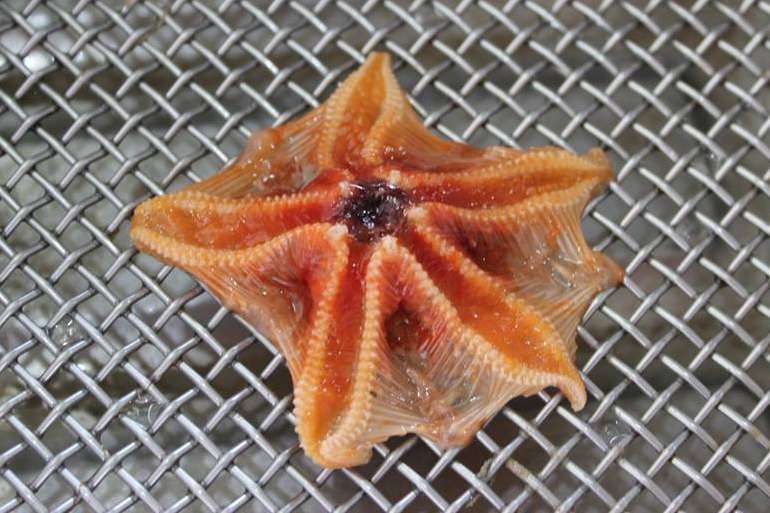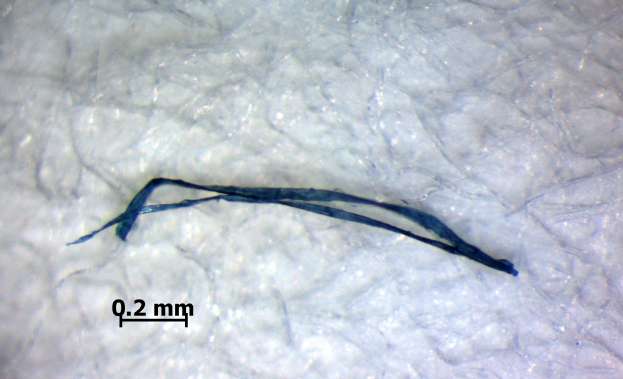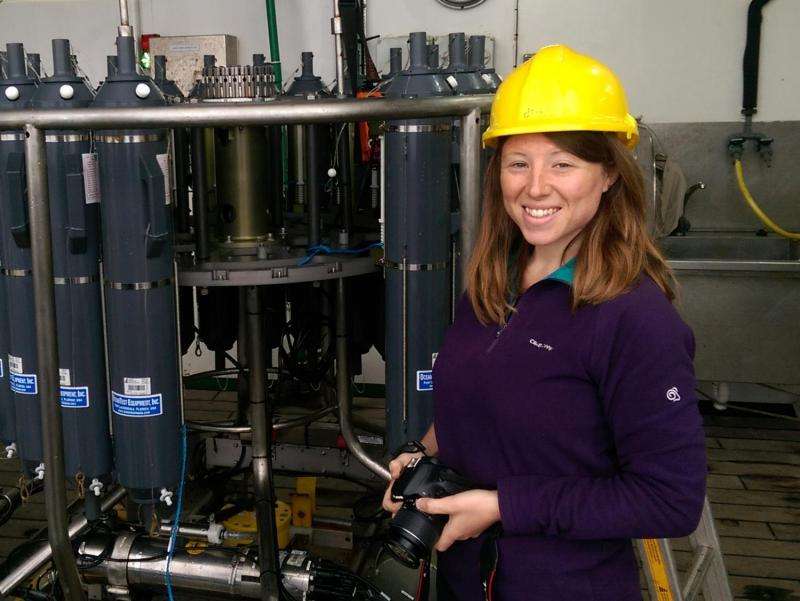Marine microplastics detected in bottom-dweller bellies for the first time

Around half of marine creatures living at depths of more than 2,000 metres in the North Atlantic could be eating microplastic material, marine scientists have discovered.
Researchers at the Scottish Association for Marine Science (SAMS) in Oban, Scotland sampled deep-sea starfish and sea snails from the Rockall Trough and found microscopic traces of plastic in 48 per cent of those sampled. The levels of plastic ingestion were comparable to those found in species living in shallower coastal waters.
Microplastics are small pieces of plastic less than 5 millimetres in size and, when ingested by sea creatures, may be passed up the food chain.
Although scientists have previously found traces of microplastics in the deep sea, this research, published in the journal Environmental Pollution, is the first time microplastic ingestion in deep-sea invertebrates has been quantified.
A range of plastics were identified; the paper shows how even naturally buoyant substances, such as polyethylene used to make plastic shopping bags, could be found inside brittle stars, sea stars and sea snails.
Polyester was the most abundant plastic identified, mainly in the form of microscopic fibres, and while it is not possible to definitively know its origin, this substance is used widely in clothing and can reach the sea in waste water from washing machines.

Lead author on the paper 'Microplastic pollution identified in deep-sea water and ingested by benthic invertebrates in the Rockall Trough, North Atlantic Ocean' is Winnie Courtene-Jones, a University of the Highlands and Islands PhD researcher based at SAMS.
She said: "Microplastics are widespread in the natural environment and present numerous ecological threats, such as reducing reproductive success, blocking digestive tracts and transferring organic pollutants to organisms which eat them. More than 660 marine species worldwide are documented to be affected by plastics.
"There is much evidence of microplastics around coastal waters but little is known about the extent of plastic pollution in the deeper ocean.
"The deep sea is the largest, but also the least explored part of the planet and may be the final sink for plastics. More work is needed on the wider ocean environment to understand the long term fate of marine plastics."
The study found the quantity of ingested microplastics differed between species but did not relate to the size or feeding habits of the species.

Winnie's supervisor, SAMS deep sea ecologist Dr Bhavani Narayanaswamy, said: "No longer 'out of sight, out of mind', research into microplastics is rapidly increasing in importance. We are attempting to establish not only how widespread they are, but also how and where they accumulate in animals, and ultimately the impact that they may have on the health of humans.
"SAMS is increasing its research into microplastics, with two new PhD students joining the team in October; one to look at microplastics in the Scottish marine environment, comparing urban and rural locations, whilst the second student will be attempting to develop airborne sensors that will detect microplastics."
The sampling was done in June 2016 during the annual Extended Ellett Line research cruise on board the RRS Discovery.
More information: Winnie Courtene-Jones et al. Microplastic pollution identified in deep-sea water and ingested by benthic invertebrates in the Rockall Trough, North Atlantic Ocean, Environmental Pollution (2017). DOI: 10.1016/j.envpol.2017.08.026
Provided by Scottish Association for Marine Science (SAMS)




















